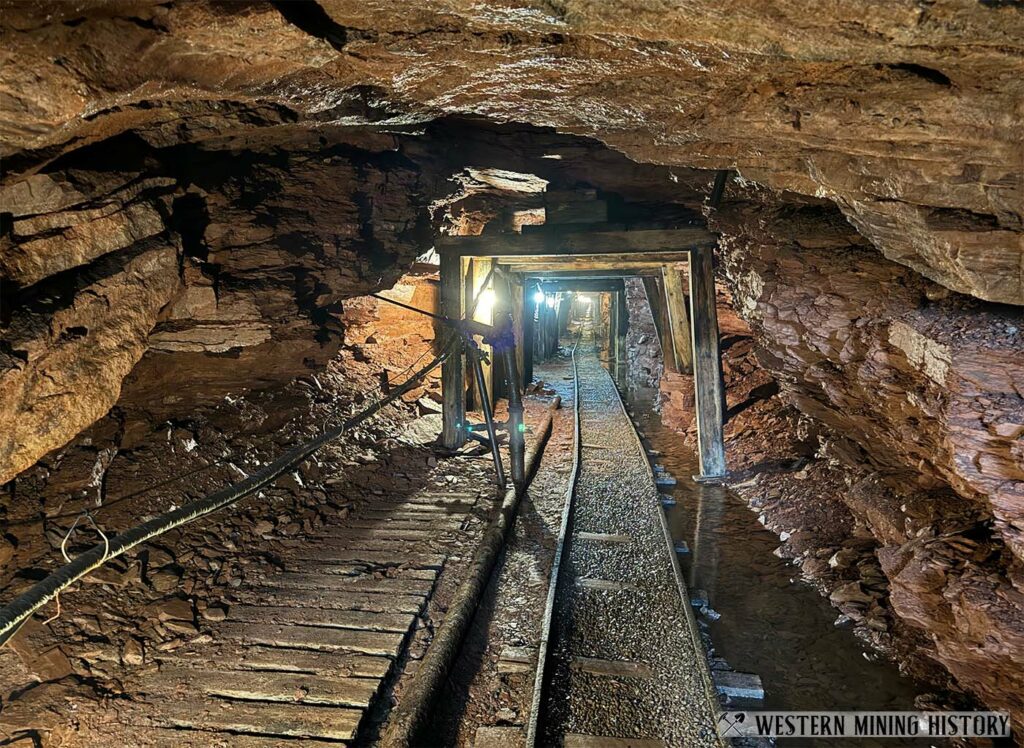The Last Chance is a silver mine located near Creede, Colorado. Discovered in 1891, the mine was one of the district’s top silver producers. The mine is now open seasonally for underground tours.
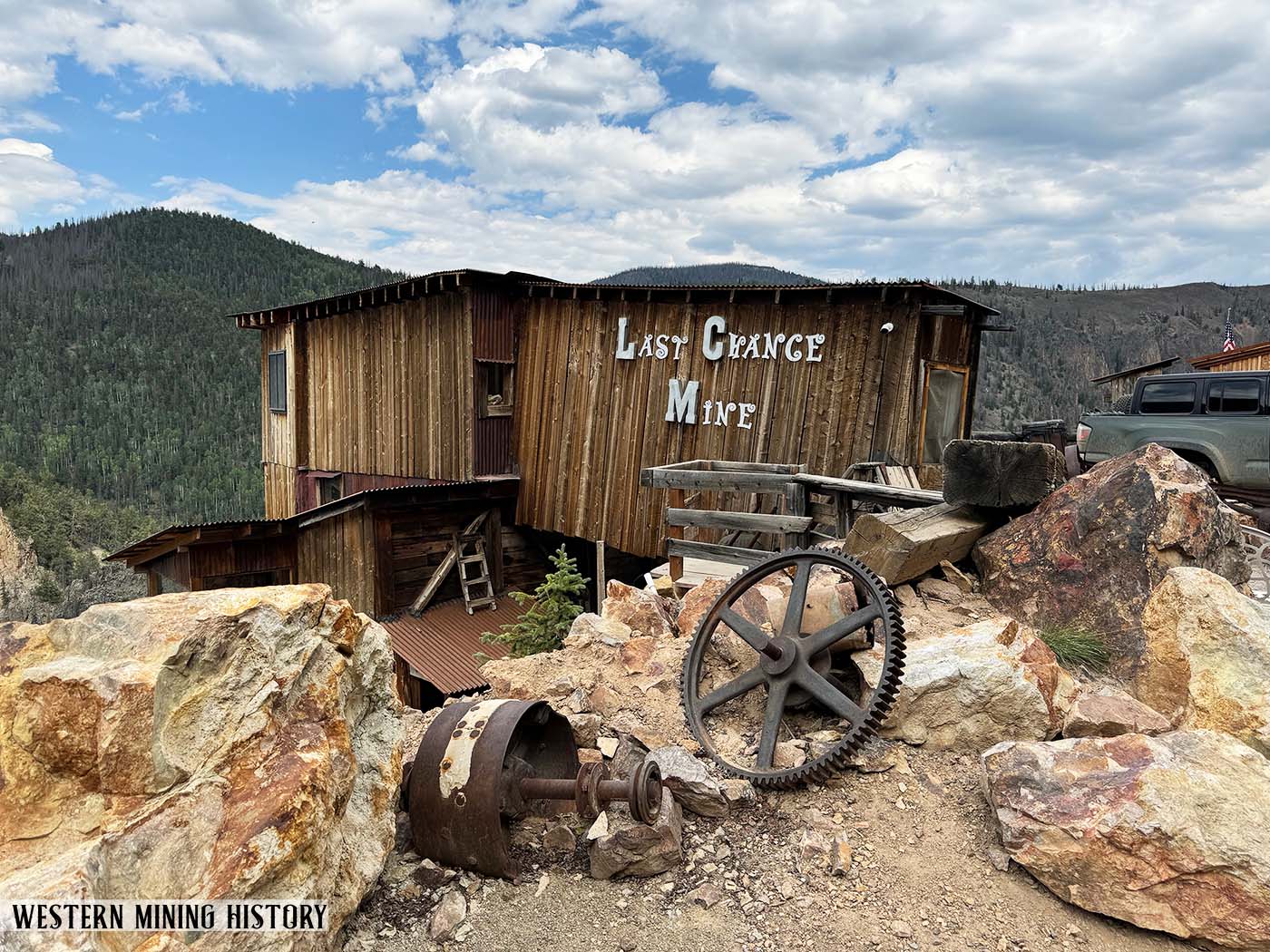
The tours, which range from 15 minutes to over an hour, involve walking deep into the tunnels of this historic mine. Tour guides explain the history and geology, pointing out many interesting features of the original mine workings from the 1890s.
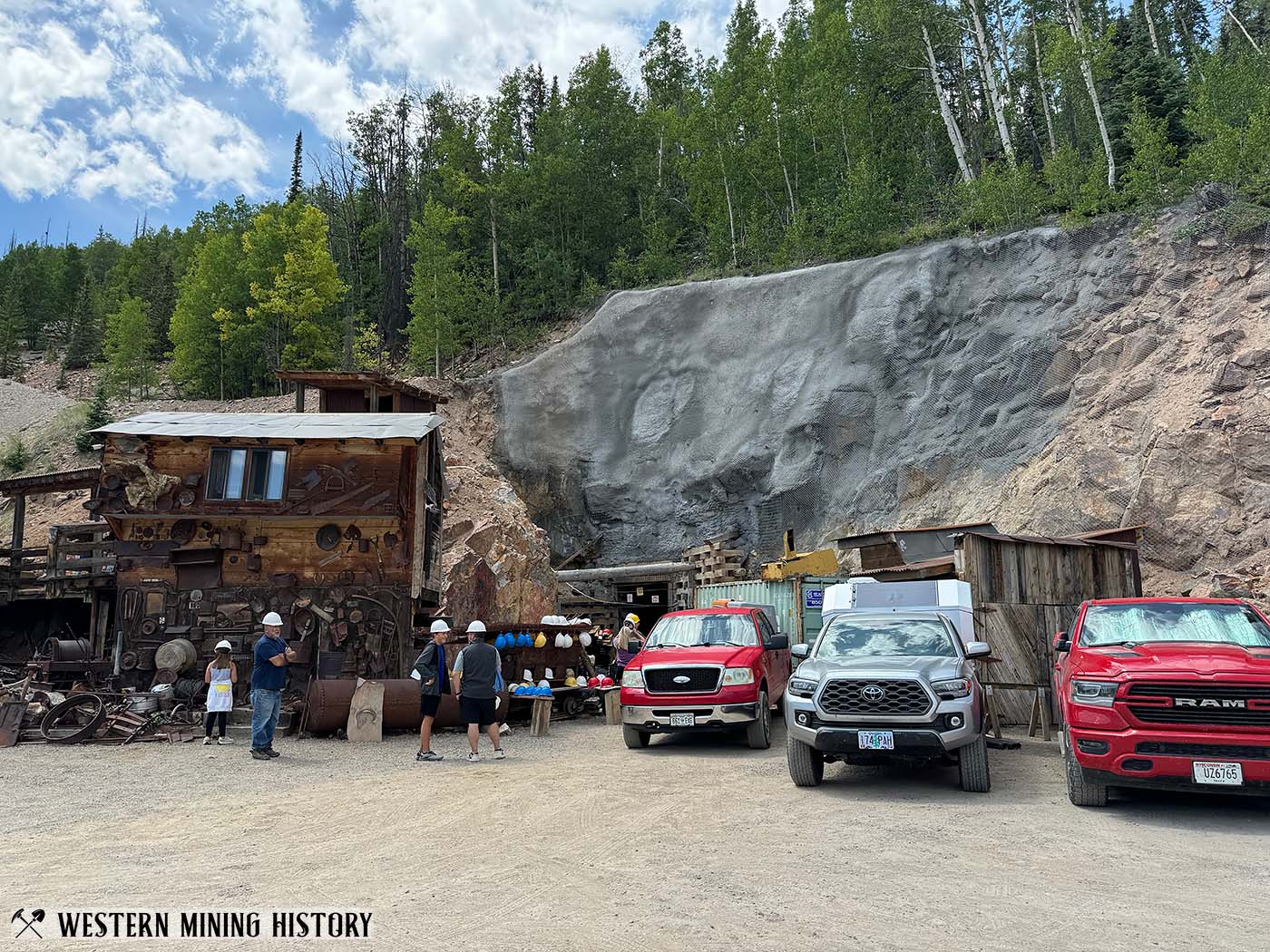
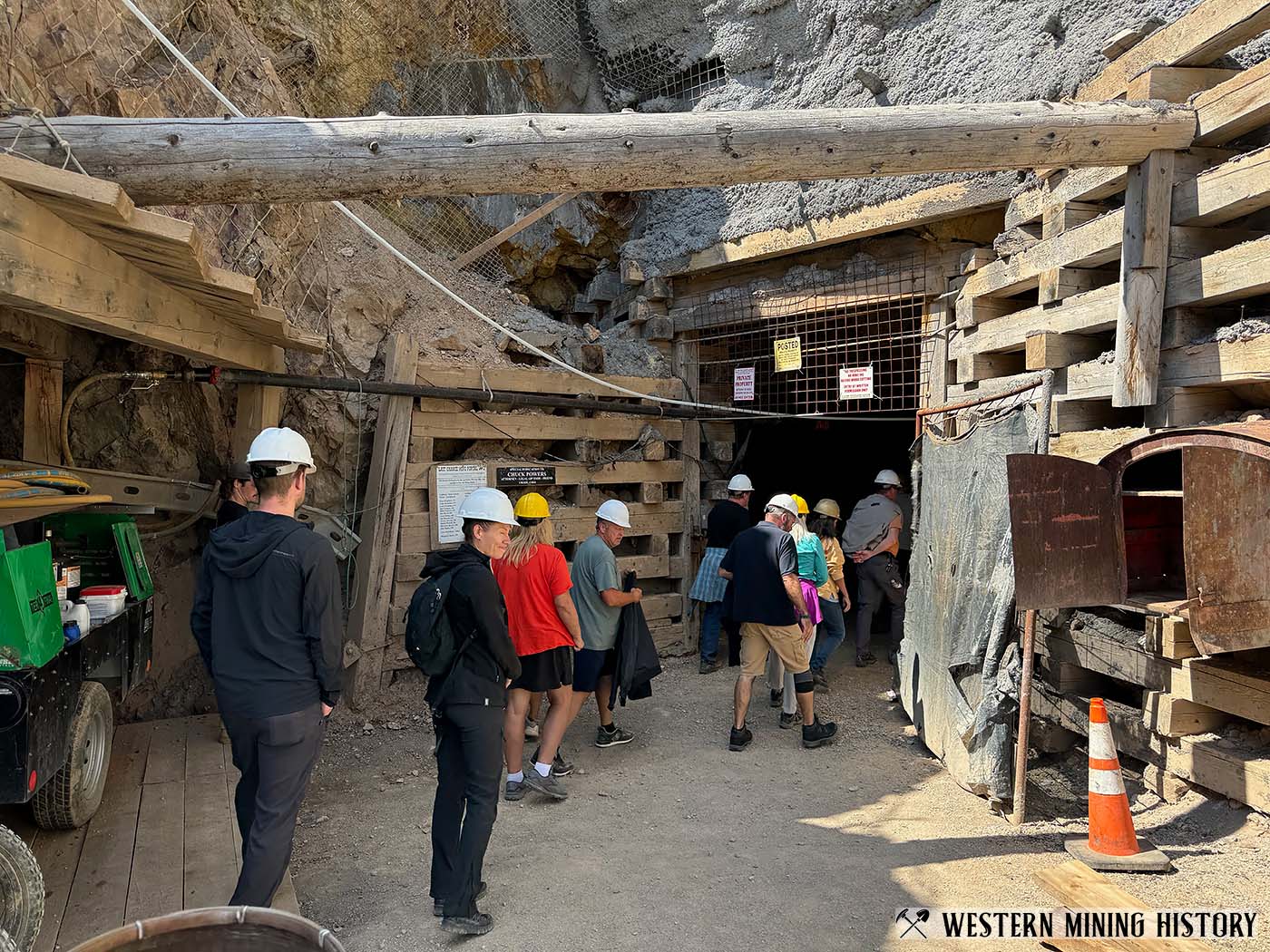
Once the tour enters the main portal of the mine, it follows a haulage tunnel that was built in the late 1900s as part of a failed program to return the mine to production. This tunnel is much wider than the original tunnels from the 1890s.
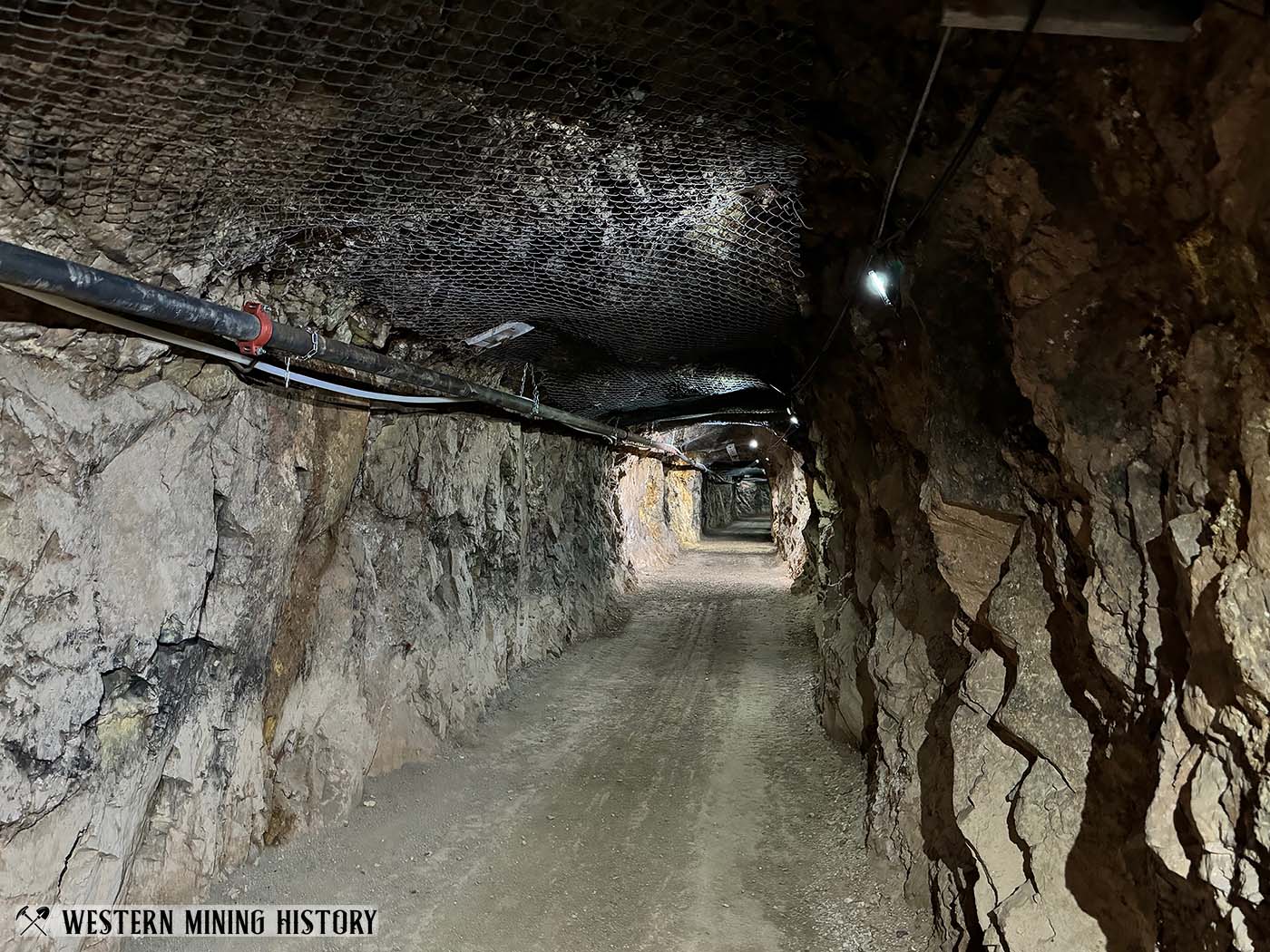
Of particular interest at the Last Chance are the numerous stopes where the ore was mined out along the Amethyst vein. From the tunnel where the tour is operated, the stopes rise for over a hundred feet. The “stulls”, which are the wooden beams that supported platforms where the miners worked, can still be seen throughout the stopes.
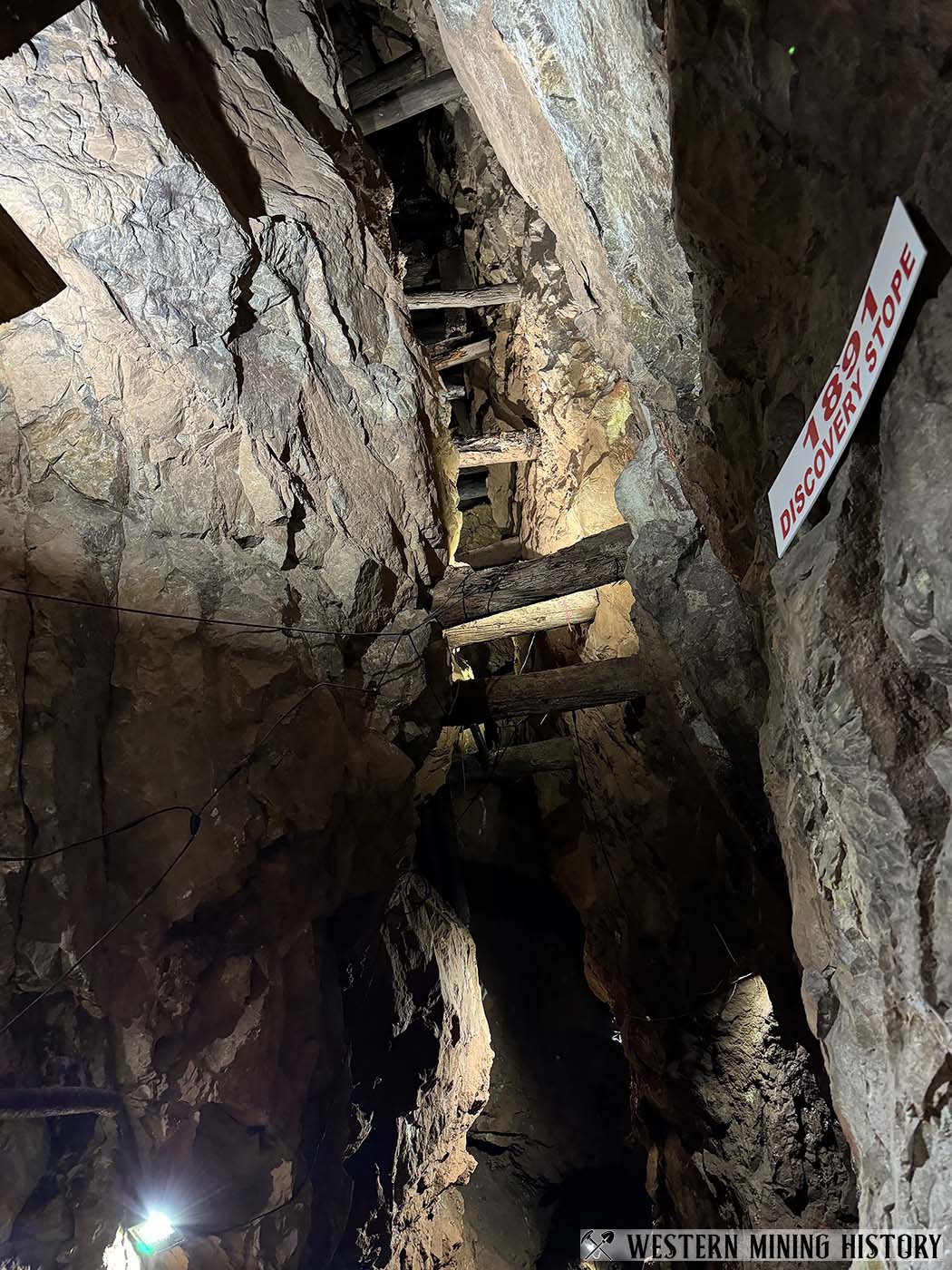
The following diagram reveals the extensive stoping that occurred in the Last Chance mine. Each level is 100 feet apart from the levels above and below it.
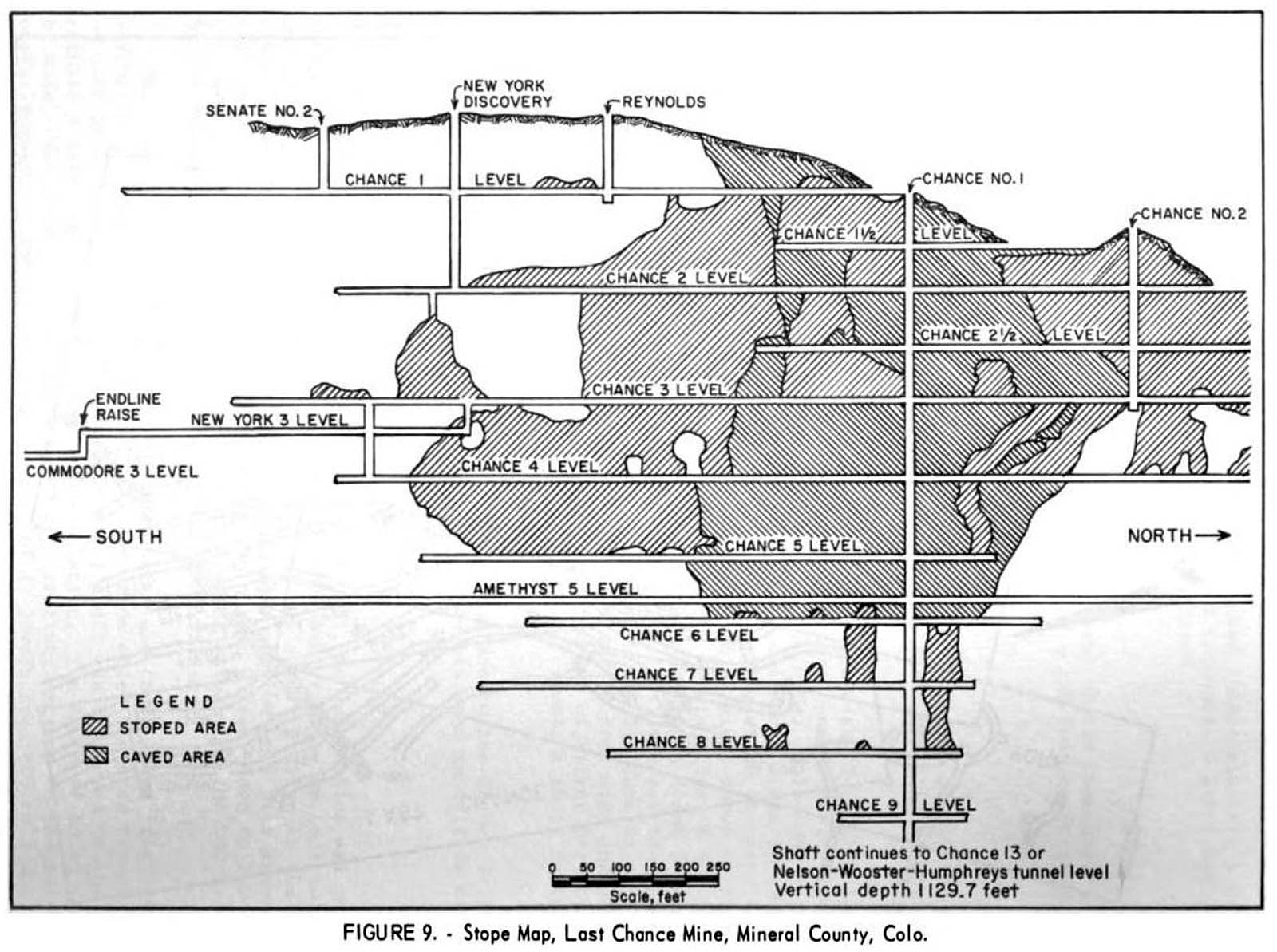
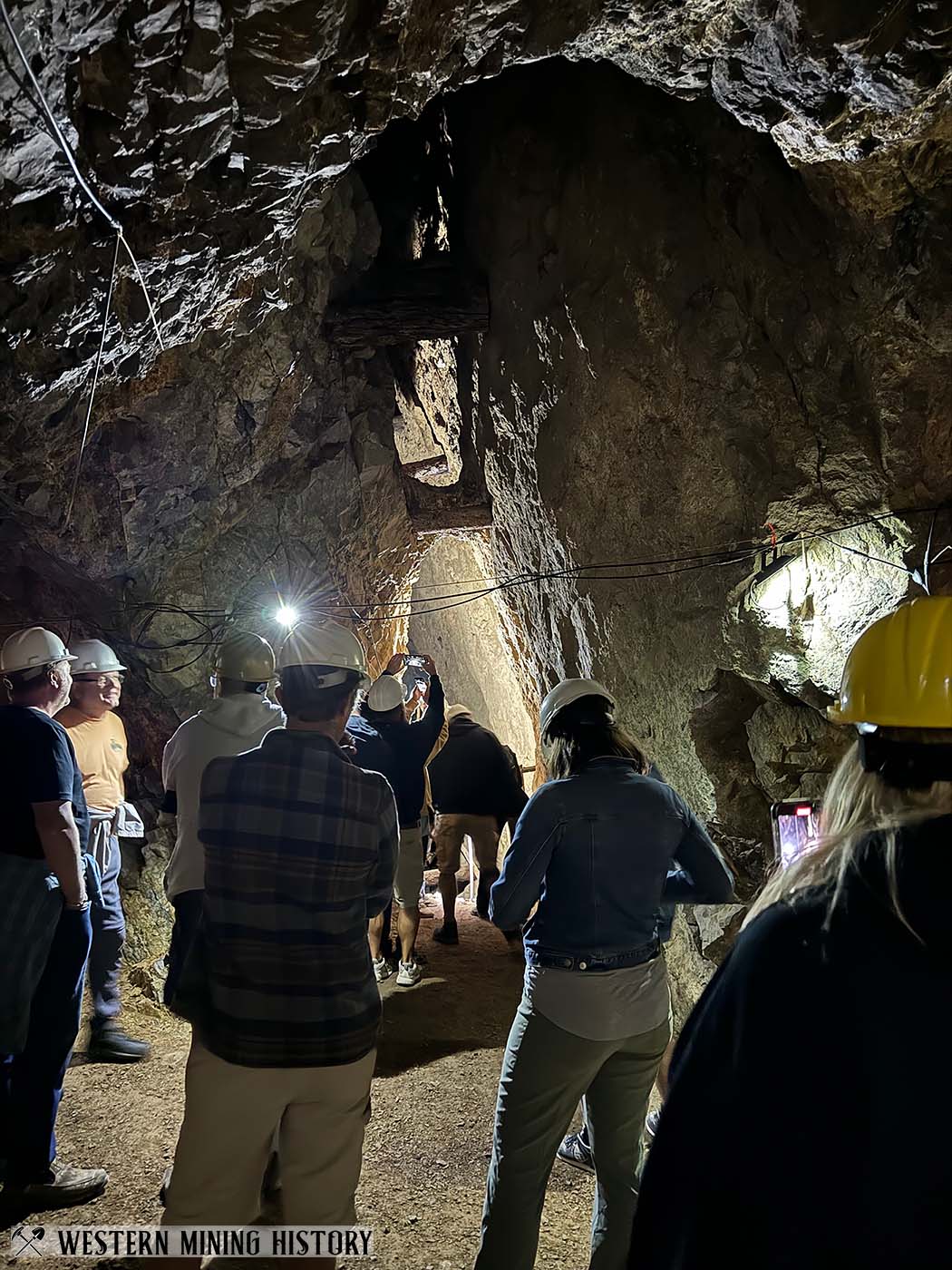
One of the most unique aspects of the operation are the gift shop and museum built into one of the original ore bins of the mine.

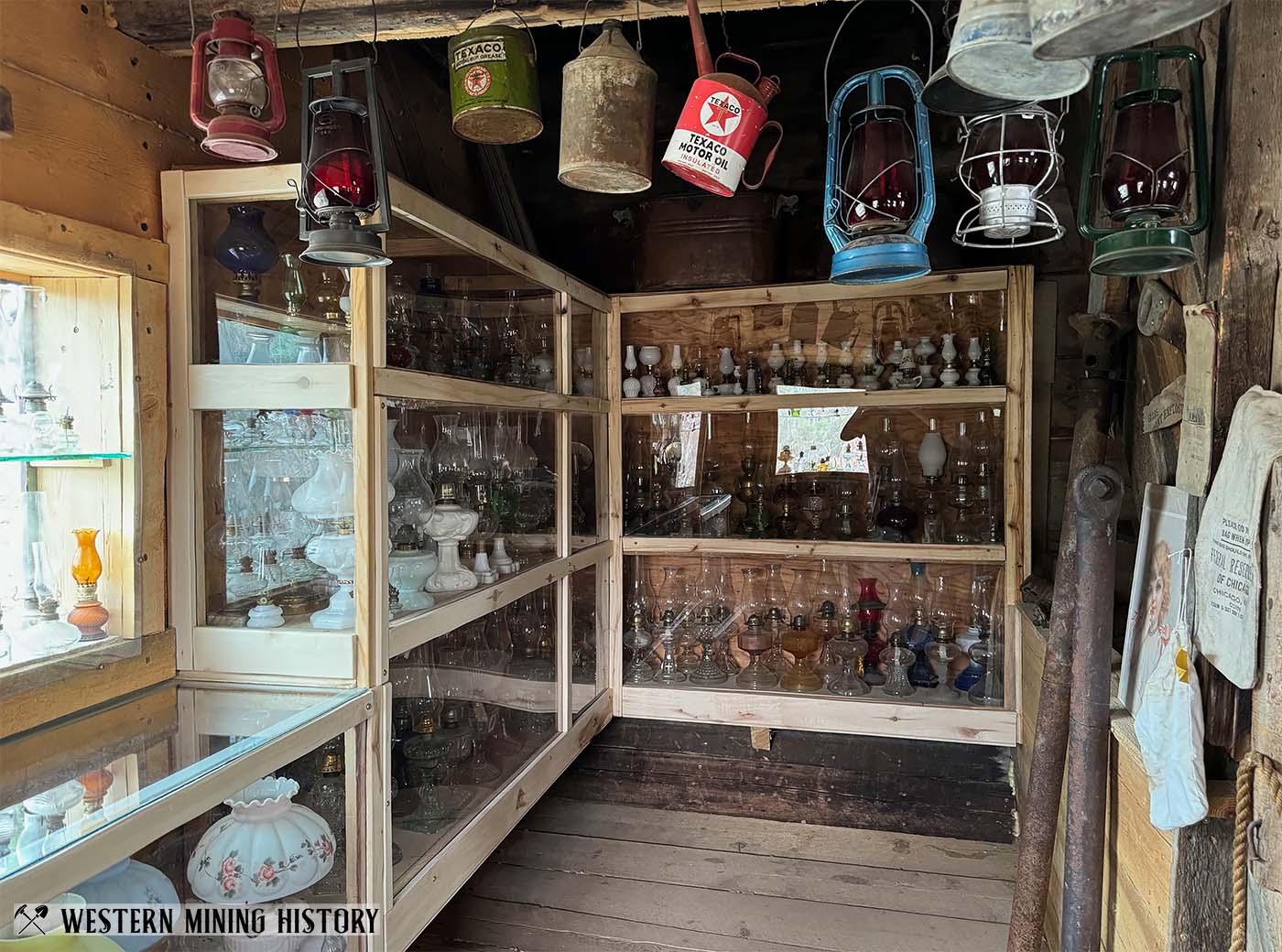
Fore more information, visit the Last Chance Mine website.
History of the Mine
The story of the mine’s initial discovery is related on the Last Chance Mine Tour website:
Last Chance Mine was started in 1891 when Ralph Granger and Eric Von Buddenbrock grubstaked a prospector named Theodore Renninger. After about a year, Theodore was down to his last $5.00. He decided to have breakfast in Creede one last time and told his friends he was leaving on the evening train. He was done with Creede.
Theodore went up the canyon one last time to finish his prospecting, but when his burro got loose he went further up the mountain. When he caught up with the burro, it was standing by a large rock outcrop. Theodore sat on that rock and began to strike it with his hammer and found the apex of the Amethyst vein with silver. Because of what he said to his friends at breakfast that morning, “See y’all later. This is my Last Chance to strike it rich.” Thus the name Last Chance Mine.
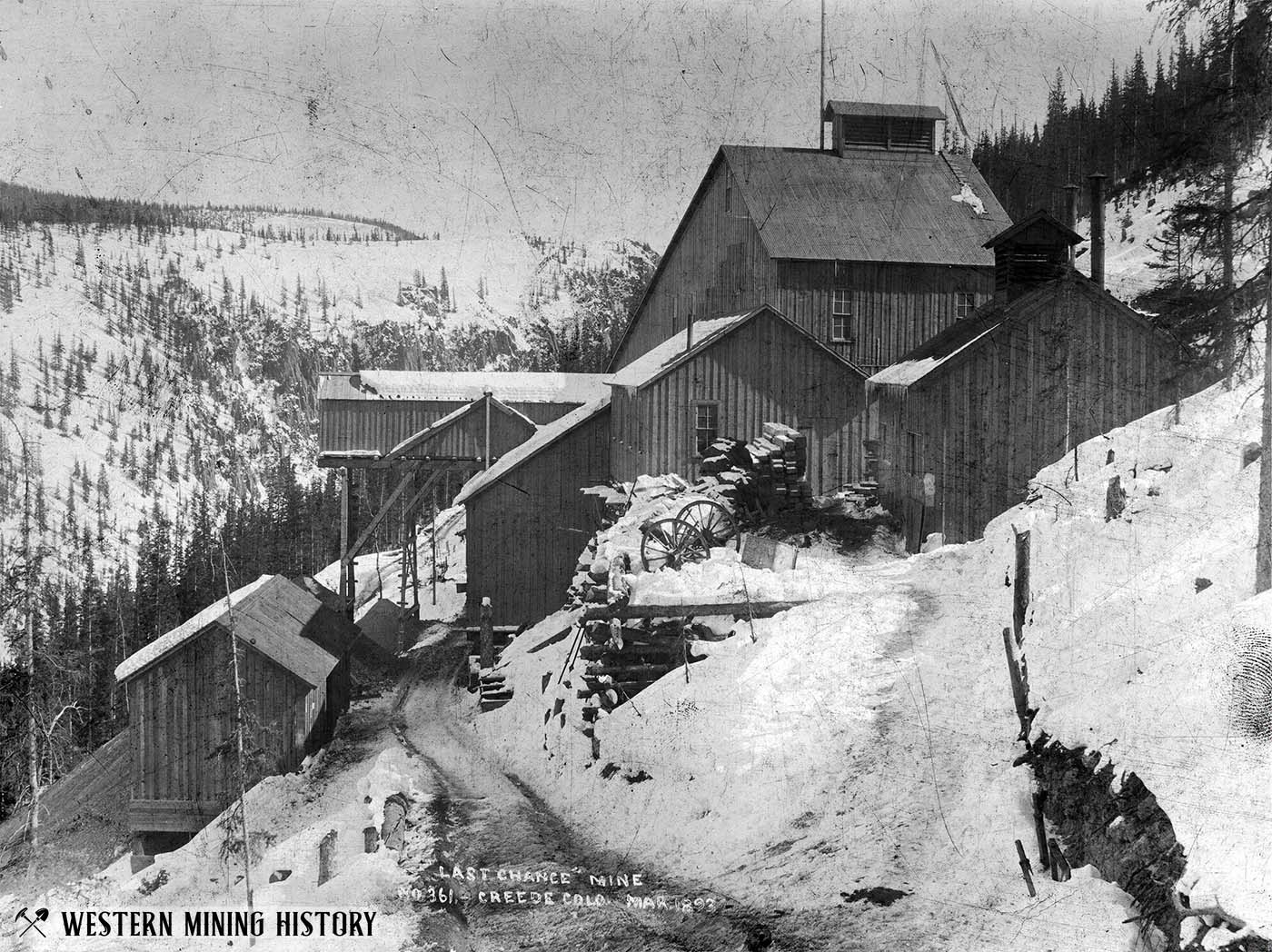
The discovery occurred in August of 1891, and the owners managed to recover a significant amount silver by the end of the year. By March of 1892 the mine was described as the “best developed property in the camp”, and employed 100 men. That year the mine recorded ore production of over $1,500,000 (worth over $50,000,000 today.) The Chicago Tribune reported that in the first nine months of operation, the mine returned $750,000 in dividends to its investors.
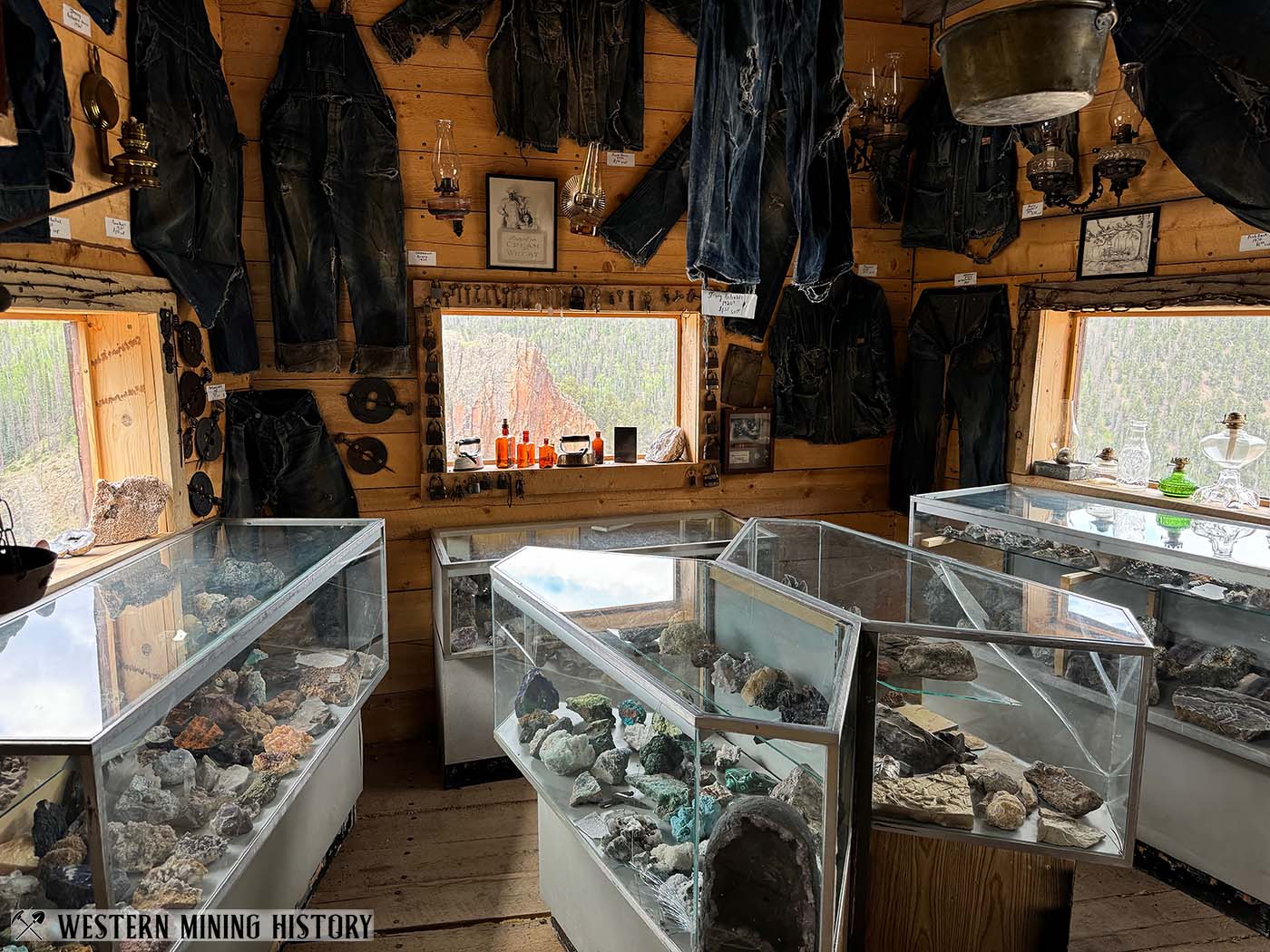
Ralph Granger, a butcher from Del Norte, grubstaked Theodore Renninger for a mere $20, a move that quickly made him a wealthy man. By February of 1892, he was making $3,000 to $5,000 per day from his share of the Last Chance Mine. In the fall of that year, he used his riches to purchase an orange grove just one and a half miles from the beach in Paradise Valley, California.
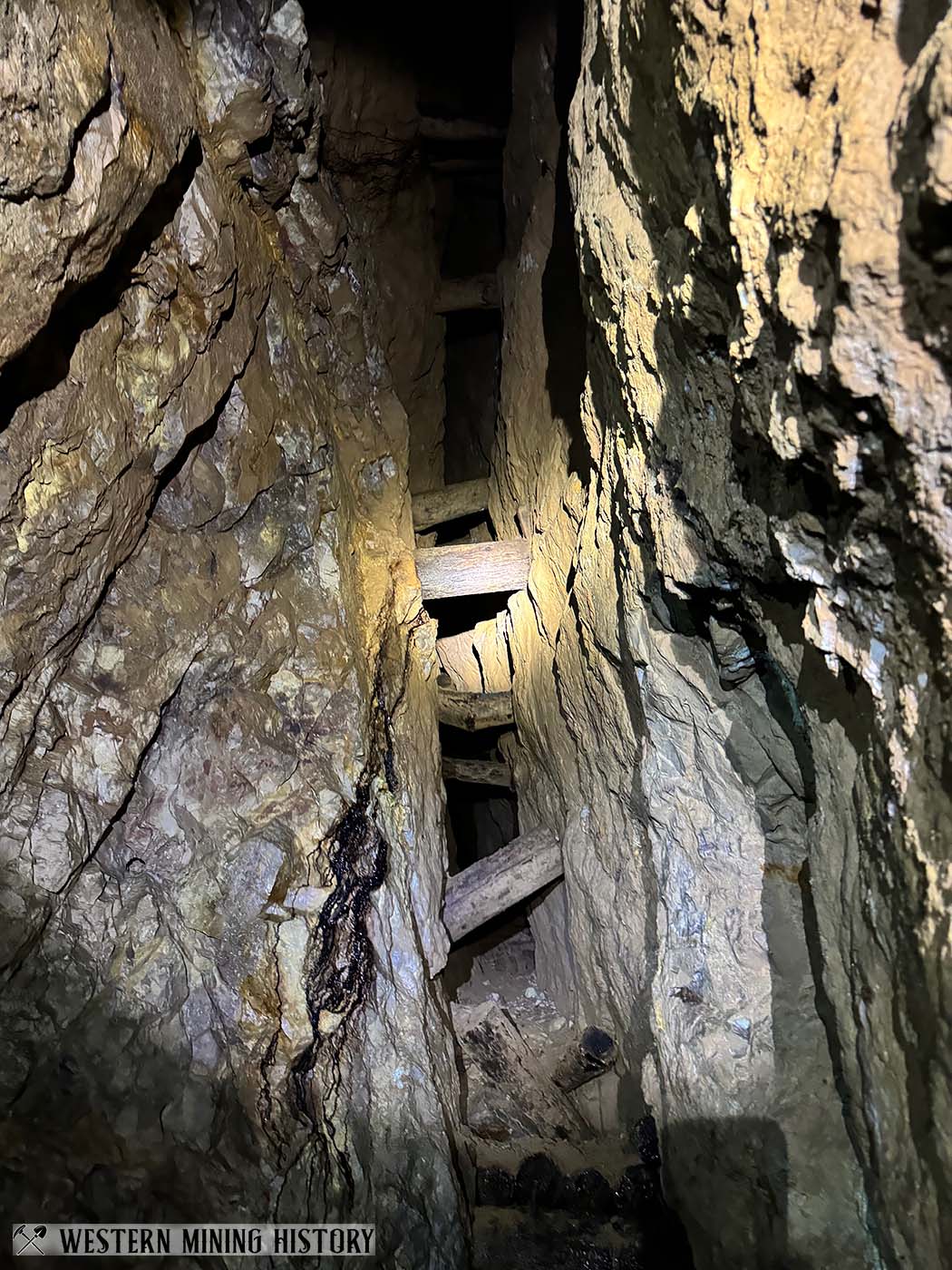
Between the crash of silver prices in 1893, and the increasing problem of water in the mines, the initial boom period for the Creede district was short lived. The mines struggled to stay in production after 1893, but the water issue was solved with the completion of the Nelson Tunnel in 1899. The tunnel was more than 8,000 feet long and was connected to the Last Chance and other mines, draining them of water to a depth of 1,600 feet.
The mine experienced another period of prosperity from 1899 until 1912, producing significant amounts of silver along with smaller amounts of gold. Lead was also produced from the mine.

The Last Chance continued operating by various leasers until 1944, which was the last year any significant production was recorded. In the 1970s the waste rock from the mine was processed for the purpose of recovering precious metals missed by the previous operations. Starting in 1979, Chevron performed extensive new exploration work at the mine with the intention of bringing it back into production. Despite driving around 1,700 feet of new tunnel, the project was a failure and the mine was never reopened.
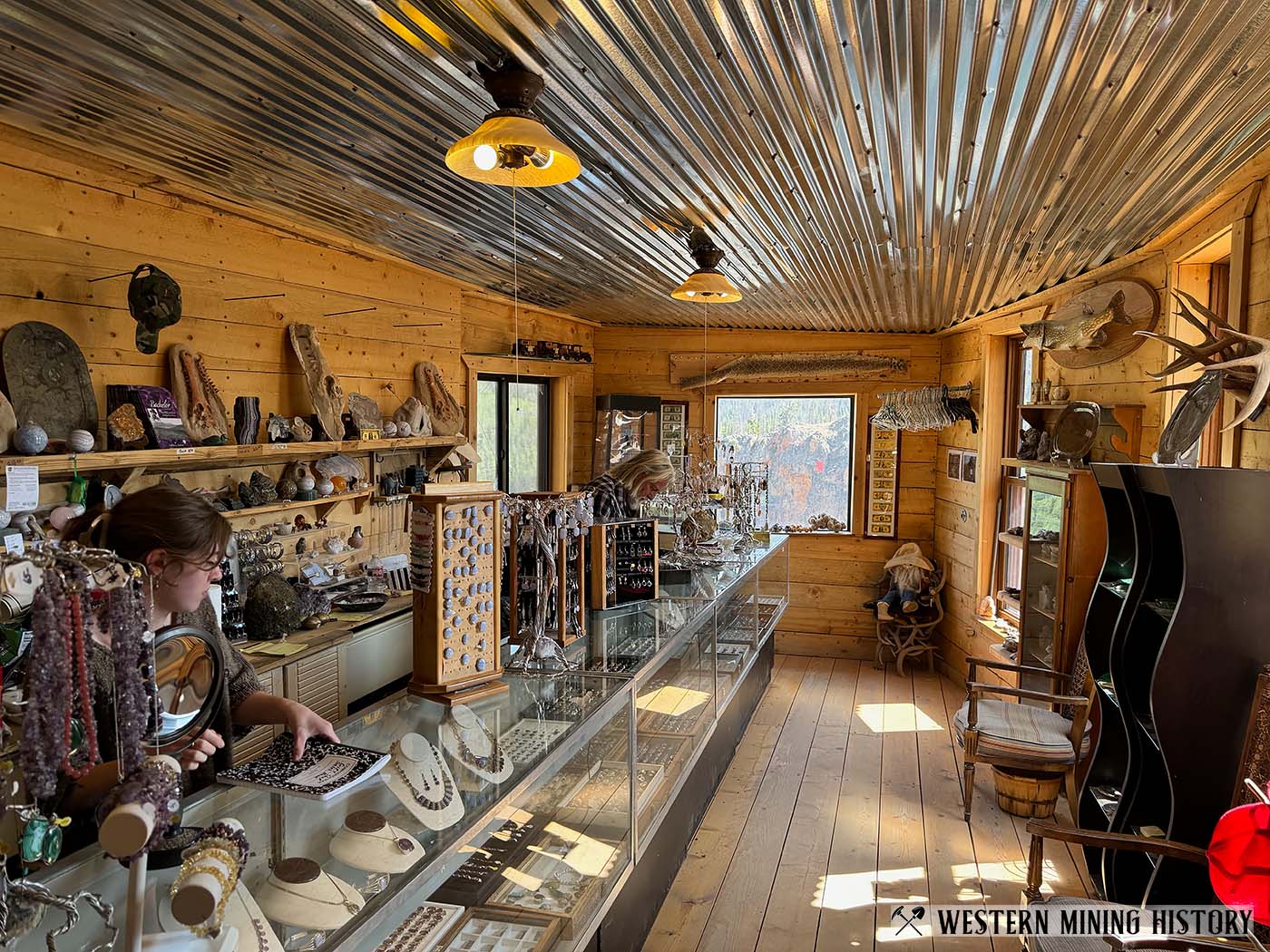
In 1998 Jack Morris purchased the Last Chance Mine from the Granger family and after extensive work on the site, opened it for tours.
The Bachelor Syracuse Mine Tour
The Bachelor Mine was one of Ouray’s leading mines for nearly a century. Today, the Syracuse Tunnel, part of the Bachelor operation, hosts underground tours, offering a unique and immersive experience for visitors. Continue Reading
